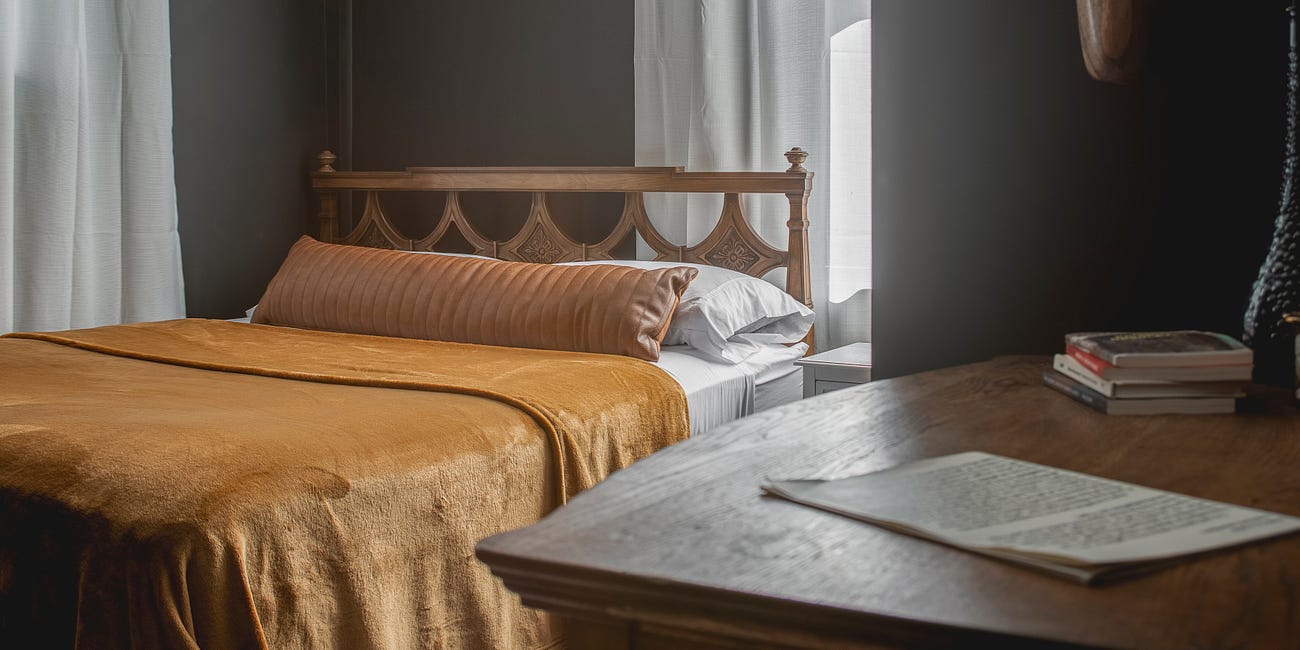On Vulnerability, and How We Rebuild
From Red Hook's warehouse fire to Pittsburgh's Hill District, exploring how creative communities regenerate
Good morning, Wrong House fam,
There was a devastating fire in Red Hook, Brooklyn, last week, at a large warehouse dating back to the 19th century. A haven for artists since the 1990s, the building at 481 Van Brunt Street went up in flames on Wednesday night, with the blazes burning until Friday morning. Though there were no casualties, a number of resident workshops did not make it through the fire—among them Ladies & Gentlemen Studio, Sticky Glass, and Fine Wood Conservation. (If you’d like to donate to their joint fundraiser, you can do so here. Last I checked, they were very close to reaching their goal—maybe you’ll be the one to get them there?)
In these moments, whether it was the fires in LA at the beginning of 2025, Hurricane Helene in Western North Carolina, which will hit its one-year anniversary on the 27th, or this Red Hook conflagration, one thing I always think about is the loss of the archive. We in the design world operate with physical media, which means that we’re only ever an accident or weather event away from loss. And I don’t just mean product inventory, though of course that is important too. (Curbed reported that 900 pieces of vintage furniture burned at LaNoBa Design—some of them exceedingly rare.) I’m also referring to the prototypes and models, congratulatory cards and notes from friends and colleagues, sketches, and other traces of humanity that are naturally baked into the process of making.
All of this has me also considering what it means to rebuild—whether it’s in the immediate aftermath of disaster or over the course of decades, as neighborhoods shift beneath our feet. Sometimes the damage is sudden and visible; other times, it’s a slow erosion that still demands the same creative resilience. This week, I’m sharing a story from our first issue set in Pittsburgh’s Hill District, where a historic house was once a gathering point for the city’s thriving Black community. Through the work of curator and artist Jessica Gaynelle Moss, it’s now picking that mantle back up as it takes on a new identity as The Garfield PGH.
In cities marked by waves of urban renewal, it’s often community, not capital, that brings places back to life. You can read more about The Garfield PGH’s restoration, and the webs of care that hold creative villages together, here.
’Til next week,
Lila
In Pittsburgh’s Hill District, a Village Takes Care of Itself
Offering affordable temporary housing to Black artists, The Garfield PGH invokes community and familial legacy.



